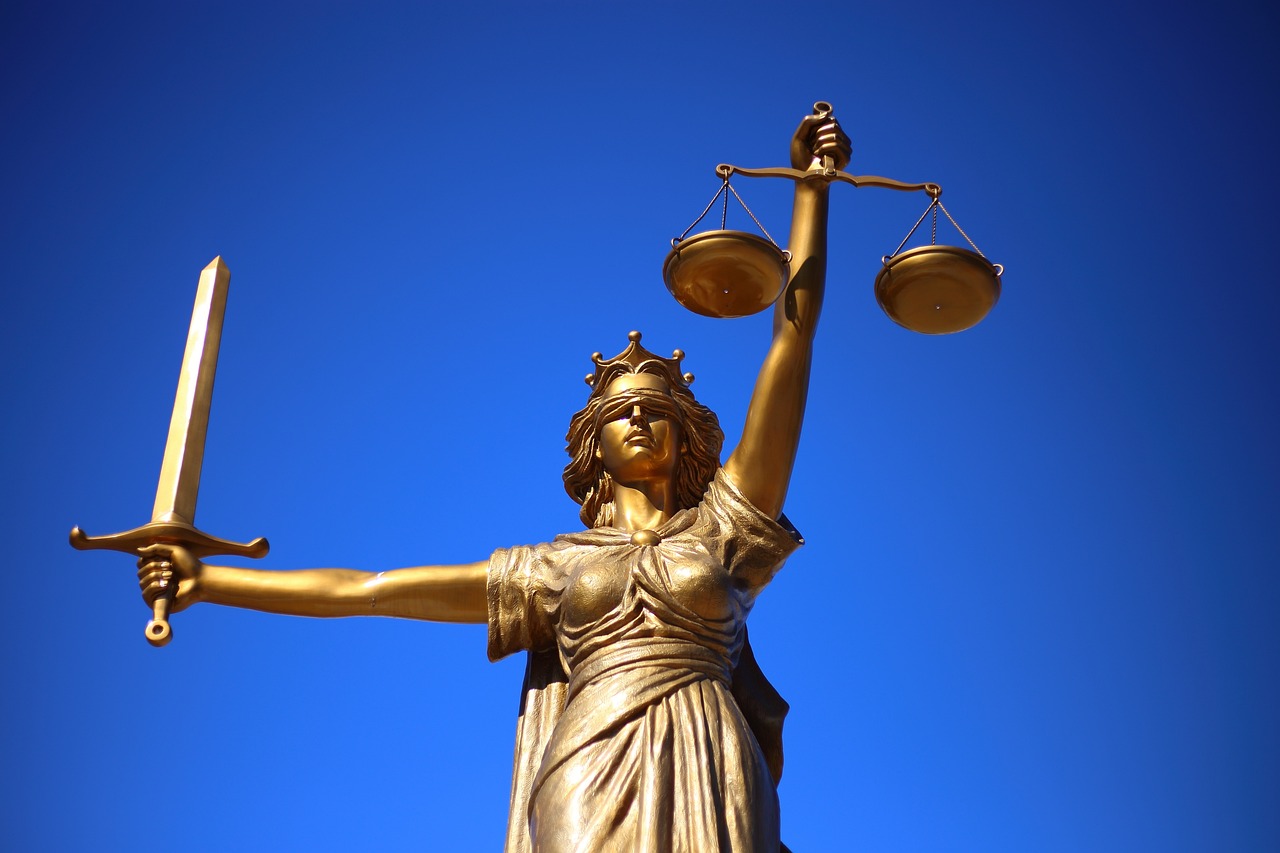Undertrial Prisoners in India

This research paper highlights the failure of the judiciary to implement Section 436A of the Cr.P.C. and questions the same with respect to the Right to Equality enshrined in the Constitution of India under Article 14 by suggesting the inclusion of the term ‘non-discrimination on economic basis’ under Article 15. The paper then moves on to the legal presumption of ‘innocent unless proven guilty’, which seems to be denied to the undertrials. With the help of statistics, it seeks to showcase how the bail system is prejudiced towards the rich and the idea of justice rendered is unfair, because the poor are not represented adequately. The paper talks about legal aid, police torture and the degrading quality of life that undertrials lead, including the failure to actualize the segregation between undertrials and convicted criminals. Lastly, through various landmark judgments, the author emphasises on the right to speedy justice and why it is constantly being denied, culminating in the growing number of undertrials. The author thereafter give suggestions to reform the current state of undertrial prisoners. According to them there needs to be a change in the bail system, an improvement in the quality of life of undertrials and an increase in the judge-population ratio. The aim is not solely to ensure dispersal of justice but also ensure equality in the justice dispersed.
